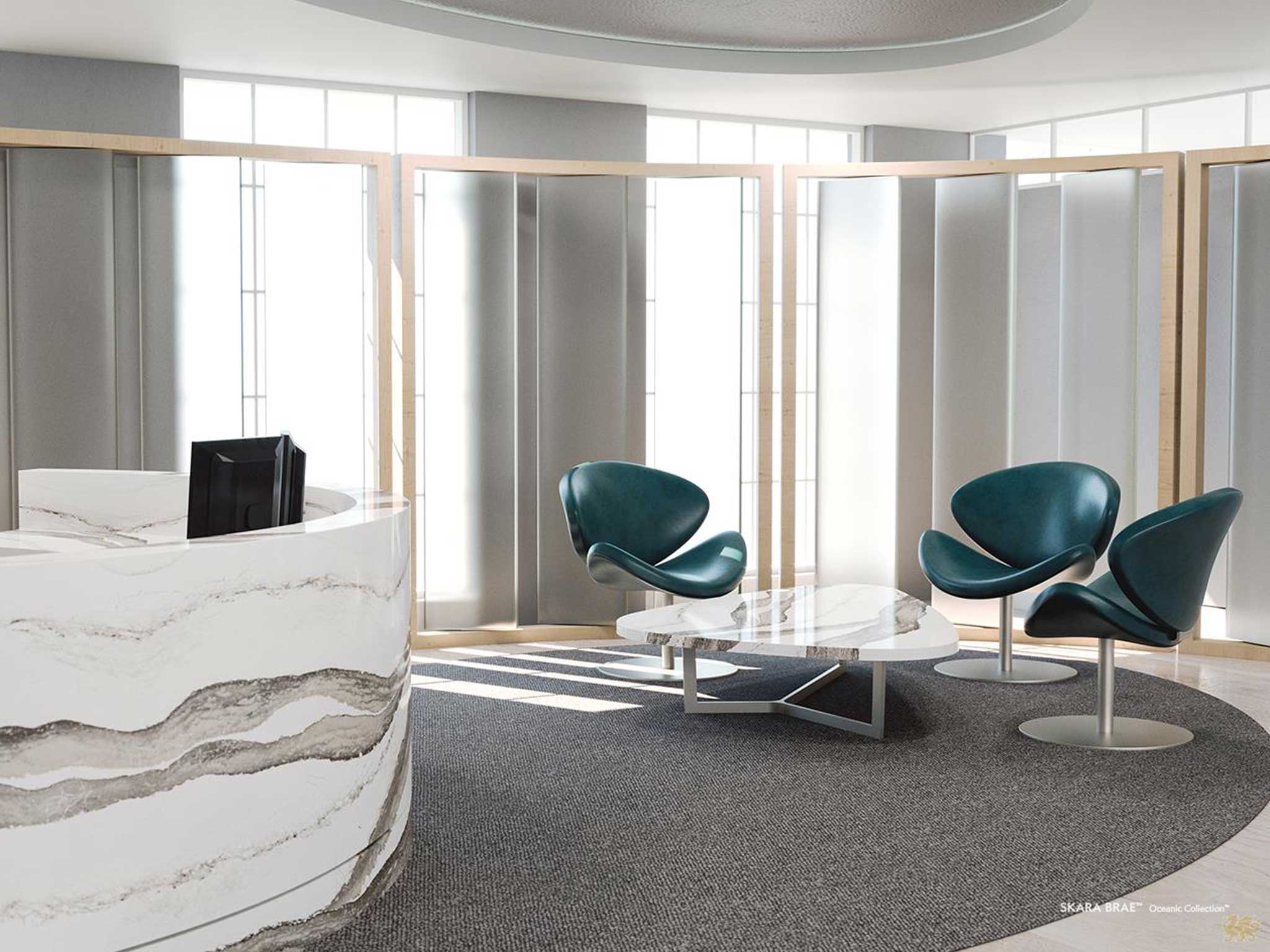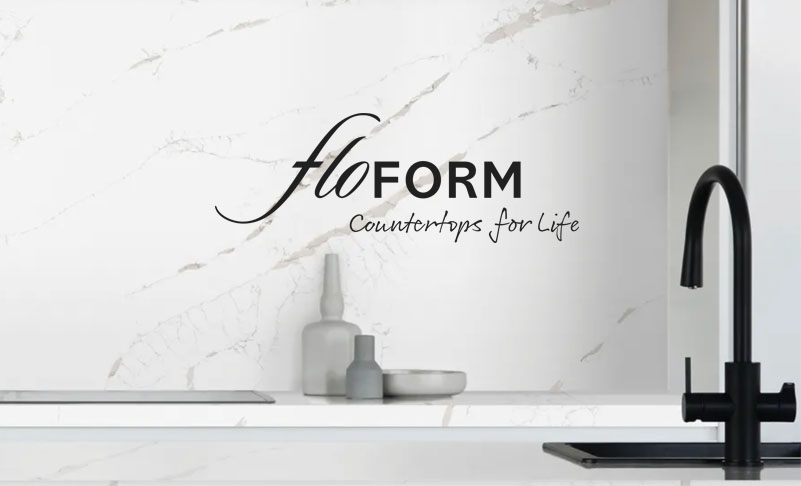Design is a vast world of choices, there are lists of dos and don’ts for just about everything, from which colours do and don’t go together to how couches should or shouldn’t be positioned. These various rules, and all the exceptions to the rules, the if-thens and buts; it can all feel overwhelming, especially if you’ve never put a conscious effort into designing a space before. Part of the fun of designing is delving into all of the resources that are available and finding new and interesting ways of expressing yourself, but no matter what kind of space you want to create, there are a few common mistakes that you should avoid making.
The first of these mistakes might be called the cardinal rule of design: design a space that you like. This rule is especially hard for new designers to follow; reading all of the rules, talking with friends and experienced designers, and trying to incorporate it all together can make you lose sight of your own tastes. You might hear a plethora of voices tell you that a particular pattern doesn’t work in a room, or that your color scheme isn’t muted enough; always remember that what matters most is that you like the space you live in, that it gives you the feelings you want. Everything else is secondary.
The second rule, almost equally to the first, is to consider function in all of your spaces. Your couch might look beautiful facing away from the television, but then there’s really no sense in having a television in the first place. Consider the flow of traffic through your home and the use of all of your furniture when positioning things in your space. Fixtures and surfaces are no place to skimp out; the more you use a thing, the better it is to invest in high-quality materials. Quartz is a durable material for countertops, and Edmonton quartz countertops are available for a long-lasting, beautiful surface. Forgetting about function is a big mistake; a lot of a home’s aesthetic is wasted when it’s unusable.
The third mistake to avoid is getting a paint colour before designing the rest of the room. Have an idea what colour of paint you want to use, and the accents that you’ll use for that colour. Choose furniture, area rugs and other accoutrements in the accented colours, lay them out in your space, then explore the varying hues and shades of paint to accompany the room. Paint, unlike the rest of the room, can come in an almost infinite number of varieties, so once everything else is chosen, you’re sure to find the perfect paint colour. To decide on what kind of paint you want, consider painting a small portion of the wall in the colour you’re considering, or even paint a piece of cardboard and paint it on the wall. Evaluate how the colour looks in varying lights, and put a few swatches on different walls to see how it all comes together.







